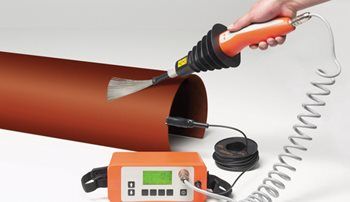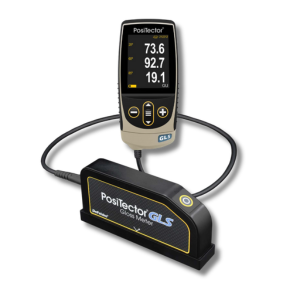Understanding the Voltage Requirements for Your High Voltage Holiday Detector
A high voltage holiday detector plays a crucial role in the coatings industry by detecting defects in coatings that can lead to premature failure. This device operates by passing high voltage through the coating to the conductive substrate, completing an electrical circuit. When defects or holidays are present, the circuit completes, and the detector triggers both audible and visual alarms to alert the operator.
The detection process's accuracy relies heavily on setting the correct voltage on the holiday detector. Adjusting the voltage according to the coating's thickness is vital to ensure precise detection while avoiding damage to the coating. This process follows ISO2746 and AS3894-1, making it essential for professionals in the industry to calculate the correct test voltage.
To calculate the appropriate test voltage, you need to gather the following information:
- Dry Film Thickness (DFT) in Microns: The thickness of the coating, typically measured in microns.
- Coating Factor: A value that reflects the specific properties of the coating material being tested.
With this data, you can determine the optimal test voltage for your holiday detector, ensuring accurate and reliable results in line with industry standards.
Dry Film Thickness
Coating Factor
Your Test Voltage (kV)
DISCLAIMER: The above calculator is only a guide and does not represent nor claim to be either a full or complete or accurate nor an approved or standard method of calculating blasting efficiency. It is the responsibility of the reader and/or users of this information to determine and verify each calculation as required in or by any work specifications and/or standards. BlastOne™ expressly disclaims any liability for the use or misuse of the above information.
 My Account
My Account






